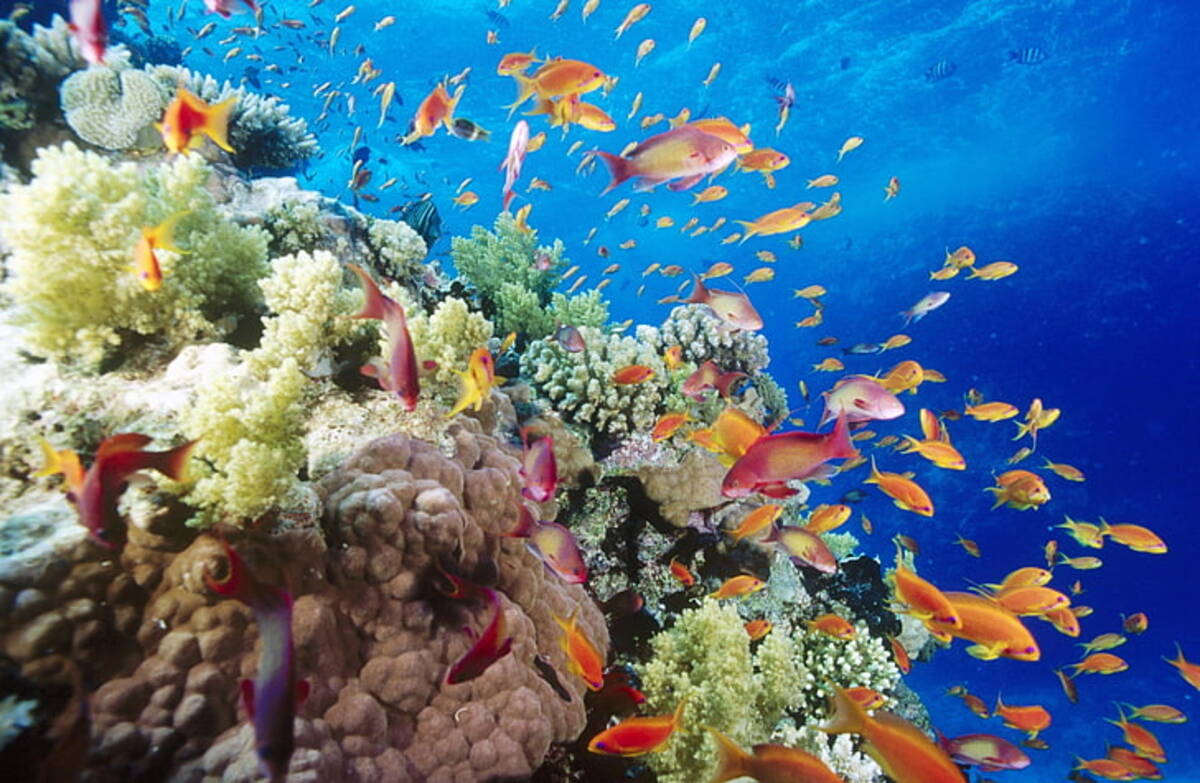A thermal coal project backed by mining tycoon Clive Palmer could endanger the Great Barrier Reef and its area. Australia’s environment minister rejected the project on Wednesday.
The Styx Coal Basin, close off the coast of central Queensland, is home to the mine owned by Central Queensland Coal.
The Styx Coal Basin is a coal-rich region located in the eastern part of the Bowen Basin in Queensland, Australia. The basin has a long history of coal mining, with the first coal mines being established in the late 19th century. Today, the Styx Coal Basin is one of the most important coal-producing regions in Australia, with a number of large-scale open-cut and underground coal mines in operation.
The world knows the Styx Coal Basin for its high-quality coking coal, which is used in the production of steel. The region’s coal reserves are among the largest in the world, making it a critical source of energy for Australia and the Asia-Pacific region.
In recent years, the Styx Coal Basin has faced increasing pressure from environmental groups and local communities to reduce its impact on the environment and mitigate the negative effects of coal mining. One of the key concerns is the release of greenhouse gases and other pollutants from coal mines and power plants, which contribute to climate change.
Australian government improved its environmental policy nearby Great Barrier Reef
To address these concerns, the Australian government and the coal industry have taken steps to improve the sustainability of coal mining in the Styx Coal Basin. This includes implementing new technologies and practices. They should reduce greenhouse gas emissions and minimize the impact of coal mining on the environment. Additionally, the industry has established programs to reclaim land and restore ecosystems impacted by coal mining.
Despite these efforts, the future of coal mining in the Styx Coal Basin remains uncertain. It is because the industry faces growing competition from renewable energy sources. This causes increased pressure to reduce its impact on the environment. Nevertheless, the Styx Coal Basin continues to play a significant role in the Australian and global energy mix. Thus, efforts are underway to ensure its long-term viability and sustainability.
Tanya Plibersek, the environment minister, stated in a video shared on social media that she had come to the conclusion that the negative environmental effects were simply too severe in the case of the thermal coal project backed by mining tycoon Palmer.
The Great Barrier Reef is fewer than 10 km from the open-cut coal mine, therefore there is a very serious risk of pollution and permanent harm to the reef.
In 10 business days, according to Plibersek, her office received 9,000 public submissions on the subject.
Central Queensland Coal did not immediately answer an inquiry for comment.
UNESCO-protected Great Barrier Reef
The world’s largest coral reef ecosystem is reportedly suffering from the substantial effects of climate change and ocean warming.
The Great Barrier Reef is one of the world’s most spectacular natural wonders. UNESCO protected it as a World Heritage Site. It is the largest coral reef system in the world, stretching over 1,400 miles along the coast of northeastern Australia. The Great Barrier Reef is home to an incredibly diverse range of marine life. Among them are thousands of species of fish, sea turtles, whales, and dolphins. Also, there are various species of coral, sea anemones, and sponges.
UNESCO declared the Great Barrier Reef a World Heritage Site in 1981, recognizing its unique and important ecological, biological, and cultural values. This designation provides a higher level of protection and management for the reef, ensuring that future generations can enjoy its beauty and ecological significance.
Coral reef faces numerous challenges
The Great Barrier Reef faces numerous threats, including climate change, ocean acidification, overfishing, and pollution. The coral reefs are particularly vulnerable to the impacts of climate change. They can cause coral bleaching and death and alter the balance of the reef’s ecosystem. To mitigate these threats, the Australian government, in collaboration with local communities, has established a number of programs and initiatives. They aim to protect and conserve the reef. These include reducing greenhouse gas emissions, improving water quality, and implementing sustainable fishing practices.
Despite these efforts, the Great Barrier Reef continues to face significant challenges. However, with the support of UNESCO and the international community, the future of this magnificent natural wonder remains promising. By working together, the Great Barrier Reef remains a thriving and protected ecosystem for generations to come.
The Great Barrier Reef is a remarkable natural wonder and a crucial part of the planet’s ecological balance.

